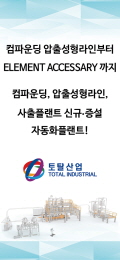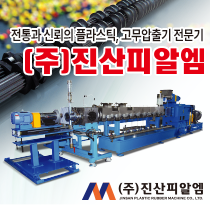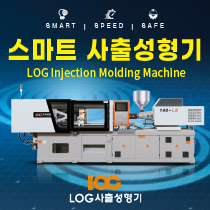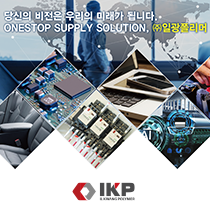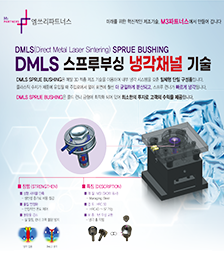Exhibitions/Seminars
“Medical Plastics Conference” at CHINAPLAS 2017
The“3rd Medical Plastics Conference” at CHINAPLAS is shaping up to be thebest ever with a packed line-up of informative topics that cover both newtechnologies and practical solutions given by experts, material providers andmedical device manufacturers from around the world. Visitors are urged to sign upquickly to the show to take full advantage of the professional, innovative anddefinitive content on the burgeoning medical plastics industry.
![]()
Digging gold from medical device andpackaging industry
Themedical industry is growing fast globally as economies develop, populationsexpand, societies age, and health care awareness increases.
MarketsandMarkets,a global market research and consulting company has projected that the globalmedical plastics market will reach a US$6.9 billion value in 2020, with anaverage annual growth rate of US 7% from 2015 to 2020. Global sales in 2015soared to US$1.1 trillion for the pharmaceutical industry market, while medicaldevices sales reached US$350 billion, according to PMMI, the Association forPackaging and Processing Technologies, a leading global resource for processingand packaging.
Inthe meantime, the Chinese medical equipment industry is divided and withoutfocus. The low industry concentration means imports monopolize the high-endsegment. However, as the Central Government increases its effort in promotingmedical industry, the sector is about to make a breakthrough. Diagnosticimaging devices take up about 37% of China’s medical equipment market; followedby disposables at 25%. Meanwhile, dental equipment is a fast-rising sector thatcannot be ignored.
Hydrogels, implantable devices are on discussion at CHINAPLAS
Comparedwith developed countries such as the US, the usage rate of orthopedic implantsis relative low in China. As population aging speeds up, health awarenessincreases and income rises, the orthopedic implants industry is poised for hugegrowth in the next five years.
Oneof the keynote speakers in the conference, Len Czuba, President of CzubaEnterprises, said ahead of the show, “As the modern society expands the reachof its benefits to the most remote parts of our populated world, medicaldevices must be able to support healthcare delivery within the limitations oflocal infrastructures. Designing 'intelligent' medical devices cansignificantly improve the product development lead time and reduce costs.”
MrCzuba will give a presentation at the conference on the theme of ‘Implantabledevice development - from product design, material selection to production’. Hewill look at several case studies showing medical device components such as anIV fluid manifold made with a complicated mold requiring three axis “action” ofmotion or moving inserts. A challenge of the process was to help resolve a knitline problem with a drug delivery inhaler.
![]()
Anever-growing class of biomaterials utilized in the medical device industry ispolymeric hydrogels. They can be natural or synthetic, chemically or physicallycross-linked and are used in the medical device industry in a range of diverseapplications. These can range from contact lenses to wound healing bandages,bone repair scaffolds, or even catheters. Production of hydrogels with strongmechanical strength is a focus for medical industry.
DrAustin Coffey, a Professor at the Faculty of Engineering, Waterford Instituteof Technology in Ireland and Thammasat University in Thailand inform CHINAPLASvisitors on the methods of hydrogel manufacture, discuss the chemistry of howthey work and use a number of real-life industrial applications to show howhydrogels have become a crucial class of material in the toolbox of the modernmedical device manufacturer.
Speakingahead of the show, Dr Coffey said: “I will talk about the surfaces of materialsbeing used for minimally invasive applications. These include angioplasty andurinary catheters, whereby the surface needs to have as little resistancebetween the device and the internal tissue / arteries as possible.
DrCoffey will address the effect of sterilization on these materials and willhave a number of key take-home points for all attendees in relation to how theycan design ‘intelligent’ medical devices for a wide range of applications,including the treatment of arterial aneurysms and accurate artificial bloodvessel development for bench testing purposes.
![]()
In a nutshell: prospects of medicalplastics in China
Biomaterialfor the medical industry is an emerging sector in China, with growth rate faroutpacing the country’s GDP. At the moment, biomaterials are used mainly inproduction of medical equipment for clinical applications. It has become astrong pillar of the medical device industry, with market share of up to40-50%.
In2015, the sales of Chinese biomaterials medical device amounted to aboutRMB144.4 billion with an average annual growth rate of 17.2%. Within 10 years,China is about to become the world’s second largest market biomaterials medicaldevice market.
TPRIhas 5,000sqm of clean room facilities which include advanced plastic processingmachines, laboratory instruments and testing equipments. The facilities havealso passed the ISO 13485 certification for quality management in medicaldevices. It specializes in cardiovascular, anaesthesia and respiration andneurosurgical products. Mr Wang Ming is the Vice President and Senior Engineer ofTianjin Plastics Research Institute Co., Ltd., has accumulated rich experiencein the research & development of production of medical plastic products formore than 30 years. He had undertaken 14 ministerial level scientific researchprojects and has published 10 papers gaining more than 20 invention and utilitymodel patents.
Throughthe presentation, Mr Wang will bring in-depth discussion on the leading majordevelopment future trends such as biomaterials and how the enterprises canenter the supply chain undergoing all these changes.
The2017 medical plastics conference will feature lots of new materialsapplications, such as "Innovative High Heat Polycarbonate for MedicalDevice Manufacturing Industry" by Covestro to manufacturing solutions tobest practices of end-user enterprises. KraussMaffei will talk about specialcleanroom requirement for injection molding machines, Arburg will informvisitors on applications in the medical industry.

